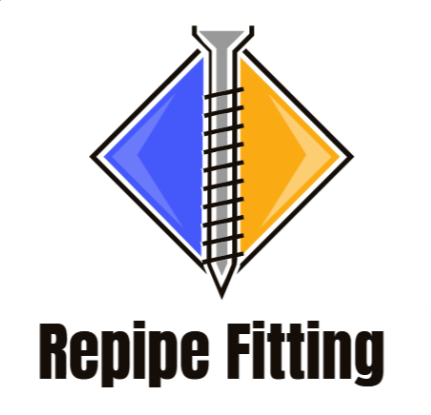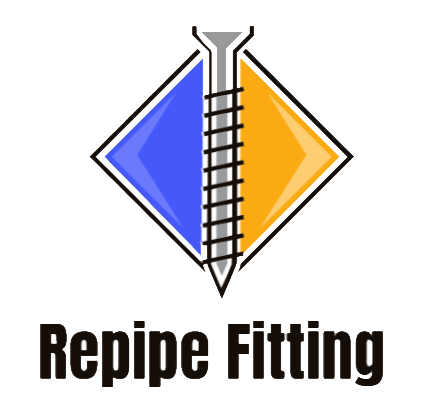Introduction

The Importance of Hot Water in Daily Life
Welcome to this comprehensive guide on troubleshooting the issue of lukewarm water in your home. Hot water is an essential component of our daily lives, playing a crucial role in various activities, from soothing morning showers to cleaning dishes after a hearty meal. Whether you’re washing your hands, taking a warm bath, or doing laundry, having a reliable source of hot water is a modern convenience we often take for granted.
Common Issues Leading to Lukewarm Water
Before we dive into the troubleshooting process, let’s discuss some common issues that can lead to lukewarm water instead of the hot water you desire. Understanding these potential culprits will help you identify the root cause of your problem more effectively.
1. Water Heater Issues
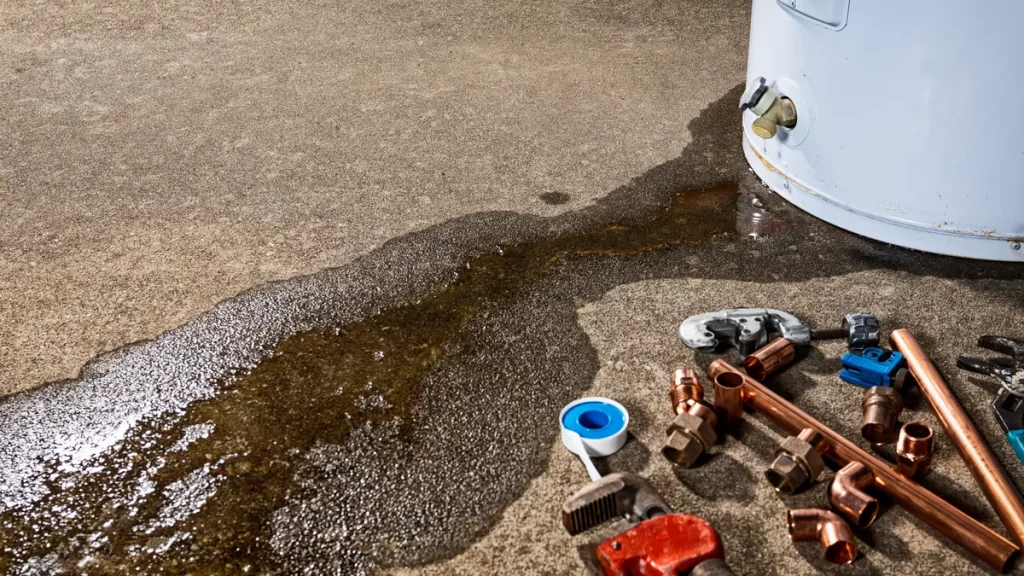
Your water heater is at the heart of your hot water supply system. It’s essential to consider various components within the water heater, such as:
- Heating Element: The heating element, whether electric or gas-powered, is responsible for heating the water. Over time, these elements can wear out or malfunction.
- Thermostat:The thermostat controls the temperature of the water. If it’s set too low or is faulty, it can result in lukewarm water.
- Pilot Light: In gas water heaters, the pilot light ignites the burner. If the pilot light is out or malfunctioning, it can affect water temperature.
- Gas Valve: Gas water heaters rely on a gas valve to control the flow of gas to the burner. Problems with the gas valve can lead to inadequate heating.
- Electric Water Heater: Electric water heaters can face issues with the heating elements or thermostat, which can result in lukewarm water.
- Tankless Water Heater: Tankless water heaters may experience flow rate or pressure problems, causing inconsistent hot water supply.
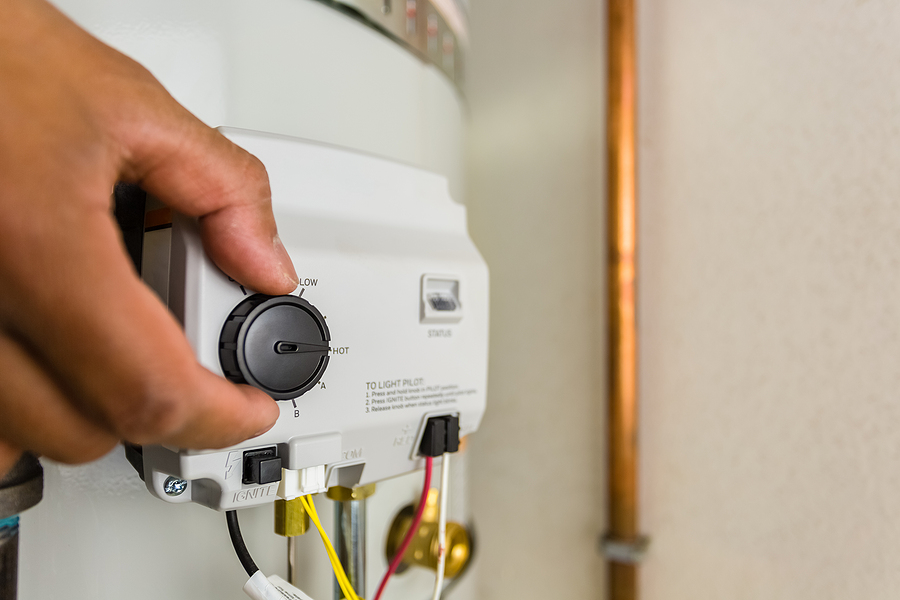
2. Plumbing Issues
Your plumbing system plays a vital role in delivering hot water to your faucets and appliances. Issues with your plumbing can include:
- Water Line Blockage: Blockages in the water line can restrict the flow of hot water to your fixtures.
- Mineral Buildup: Over time, mineral buildup in the pipes can reduce water pressure and affect water temperature.
- Clogged Faucet Cartridge: A clogged faucet cartridge can impede the flow of hot water from your taps.
3. Water Heater Corrosion and Failure
Water heaters are susceptible to corrosion, rust, and scale buildup over time. These issues can compromise their efficiency and lead to lukewarm water.
4. Water Quality Factors
The quality of your water can also impact your hot water supply. Hard water, soft water, and contaminants in the water supply can affect your water heater’s performance.
5. Plumbing Repair and Maintenance
Regular maintenance and prompt plumbing repairs are crucial for maintaining the proper functioning of your water supply system.
6. Water Pressure and Insulation
Water pressure and insulation in your pipes can influence the delivery of hot water to your fixtures.
7. Safety Considerations
Safety is paramount when dealing with hot water systems. Ensure you understand the safety precautions required for any maintenance or repair work.
8. Upgrade and Installation
In some cases, upgrading your water heater or making necessary installations may be the best solution to ensure a consistent supply of hot water.
I. Causes of Warm Hot Water
In this section, we’ll explore the various reasons your hot water might be lukewarm instead of piping hot. Don’t worry; we’ll break down each cause, explain how it affects your water temperature, and provide you with practical solutions.
A. Water Heater Distance

Explanation of How Water Heater Distance Affects Hot Water
If you’ve noticed that it takes ages for your hot water to reach the faucet or showerhead, the distance between your water heater and the fixture may be to blame. The farther the hot water has to travel, the longer it will take to get there, which can result in lukewarm water by the time it reaches you.
Solution: To improve hot water flow, consider installing a recirculation system or point-of-use water heater closer to the fixture in question. This can help reduce the distance hot water has to travel, ensuring you get hot water faster.
B. Small or Low-Flow Pipes
How Small Diameter Pipes and Low-Flow Pipes Impact Water Temperature
Another common issue leading to lukewarm water is the use of small-diameter or low-flow pipes in your plumbing system. These pipes restrict the flow of water, reducing the amount of hot water that reaches your faucet or showerhead. As a result, you experience lukewarm water, especially when demand is high.
Solution: Upgrading to larger-diameter pipes or installing high-flow fixtures can help improve the flow of hot water. This ensures that more hot water reaches your fixtures, giving you the desired temperature.
C. Sediment Buildup in Water Heater

Insight into How Sediment Buildup Affects Water Temperature
Minerals present in hard water can gradually accumulate in your water heater’s tank over time. This sediment buildup not only reduces the capacity of the tank but also insulates the heating element, making it less efficient. As a result, your water heater works harder to heat water, often providing only lukewarm water.
Solution: Regularly flushing your water heater to remove sediment buildup can help maintain its efficiency. Additionally, consider installing a water softener to reduce mineral content in your water supply.
D. Faulty Heating Elements
Examination of How Faulty Heating Elements Impact Water Temperature
Your water heater’s heating elements are responsible for heating the water to your desired temperature. If one or both of these elements malfunction or fail, they can’t heat the water effectively. This leads to lukewarm water even when your thermostat is set to a higher temperature.
Solution: If you suspect faulty heating elements, it’s best to consult a professional plumber. They can diagnose the issue and replace the heating elements if necessary to ensure your water heater functions correctly.
II. Solutions to Ensure Consistent Hot Water
Now that we’ve explored the causes of lukewarm water, let’s delve into effective solutions that will ensure you have a consistent supply of hot water when you need it. These practical solutions will help you enjoy the comfort and convenience of hot water throughout your home.
A. Insulating Pipes
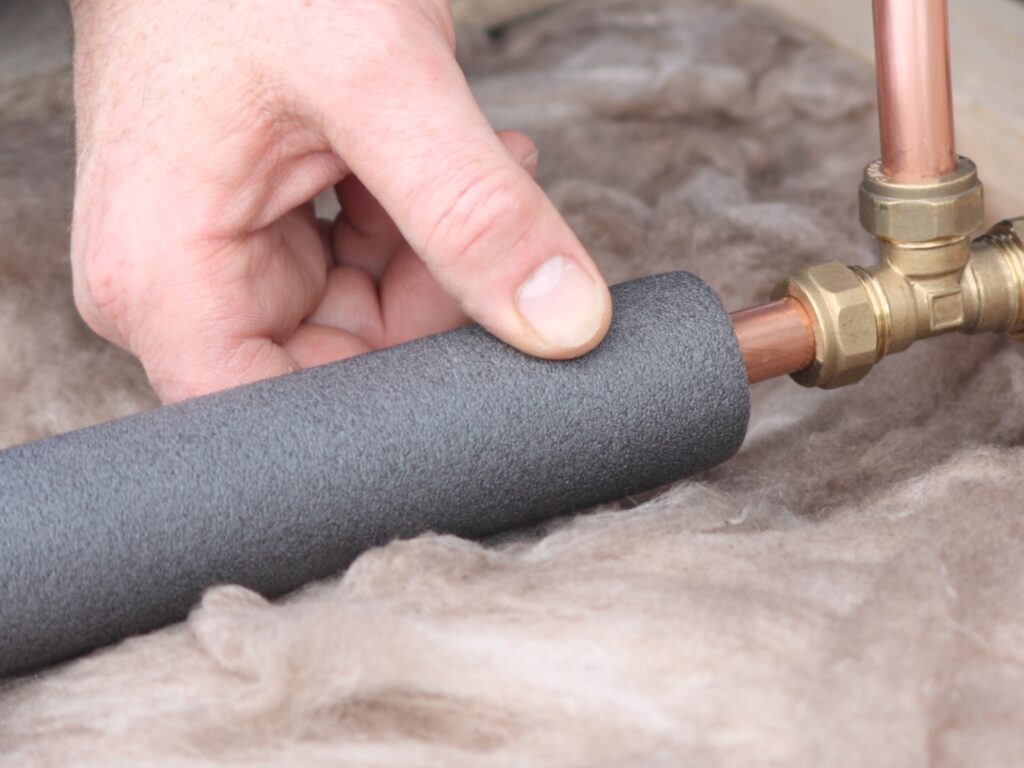
Guide on How Insulating Pipes Prevent Heat Loss
Insulating your pipes is a simple yet highly effective way to maintain hot water temperatures as water travels from your heater to your fixtures. Uninsulated pipes can lose heat along the way, resulting in lukewarm water at your taps.
How to Insulate Pipes:
- Gather Materials: You’ll need pipe insulation sleeves, available at most hardware stores, and tape.
- Measure and Cut: Measure the length of the pipes you want to insulate and cut the insulation sleeves accordingly.
- Wrap and Secure: Place the insulation around the pipes and secure it in place with tape.
- Focus on Hot Water Lines: Pay special attention to insulating the hot water lines leading to your faucets and showers.
By insulating your pipes, you’ll minimize heat loss during water transit, ensuring that hot water arrives at your fixtures consistently.
B. Installing a Hot Water Recirculation Pump
Explanation of How a Recirculation Pump Ensures Hot Water Availability
A hot water recirculation pump is a game-changer when it comes to instant hot water. It continuously circulates hot water through your plumbing system, so there’s no need to wait for it to travel from the water heater to your faucet.
How It Works:
- Pump Installation: A pump is installed on your hot water line, typically under the sink furthest from the water heater.
- Recirculation Loop: A dedicated return line connects the furthest fixture back to the water heater.
- On-Demand Hot Water: When you turn on a hot water tap, the pump quickly circulates hot water, giving you instant access.
Installing a hot water recirculation pump is a smart investment for those tired of waiting for hot water to arrive.
C. Regular Water Heater Maintenance
Tips on Draining and Cleaning the Water Heater Tank
Maintaining your water heater is essential for preventing sediment buildup, which can lead to lukewarm water. Here’s how to perform basic maintenance:
- Turn Off Power: Before starting any maintenance, turn off the power supply to your water heater.
- Drain the Tank: Connect a hose to the drain valve at the bottom of the tank and let a few gallons of water flush out to remove sediment.
- Clean the Tank: If your tank has a lot of sediment, consider using a tank cleaning solution or vinegar to break it down.
- Check the Anode Rod: Inspect the anode rod, and if it’s corroded, consider replacing it to extend the life of your water heater.
Regular maintenance ensures that your water heater operates efficiently, providing you with hot water consistently.
D. Upgrading to a Tankless Water Heater
Overview of the Benefits of Tankless Water Heaters
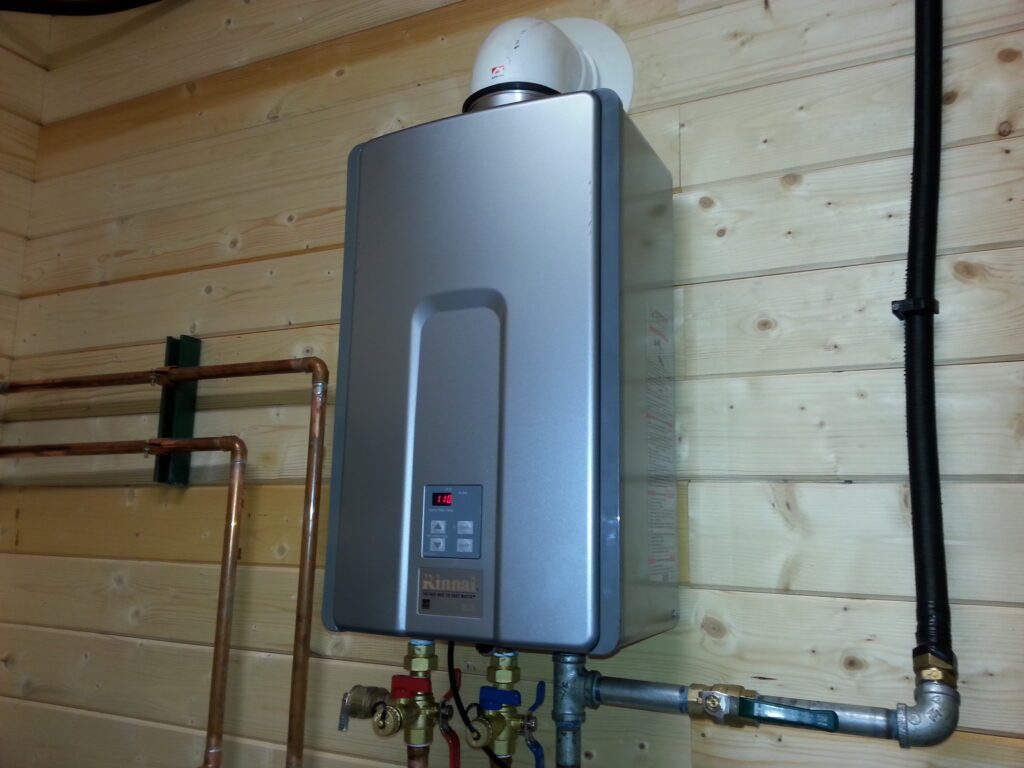
Tankless water heaters offer a modern solution for on-demand hot water. Unlike traditional tanks, they heat water as you need it, providing endless hot water without the risk of running out.
Advantages of Tankless Water Heaters:
- Energy Efficiency: Tankless heaters only heat water when required, reducing energy consumption and lowering utility bills.
- Space-Saving: They are compact and mount on the wall, freeing up space in your home.
- Longevity: Tankless heaters have a longer lifespan compared to traditional tanks.
- Endless Hot Water: Enjoy hot showers, baths, and appliances without worrying about running out of hot water.
Consider upgrading to a tankless water heater for a continuous and energy-efficient hot water supply.
E. Using Low-Flow Showerheads
Discussion on How Low-Flow Showerheads Make Hot Showers Last Longer
Low-flow showerheads are designed to reduce water usage while maintaining strong water pressure. By using less hot water, they ensure that your hot showers last longer.
Benefits of Low-Flow Showerheads:
- Water Conservation: Conserve both water and energy by reducing hot water consumption.
- Savings: Lower your water bills and reduce the strain on your water heater.
- Sustainability: Reduce your environmental impact by using fewer resources.
Installing low-flow showerheads is an eco-friendly way to enjoy hot showers without worrying about running out of hot water.
III. Preventive Measures
In this section, we’ll explore preventive measures to ensure that you continue to enjoy consistently hot water. By taking proactive steps, you can avoid the frustration of lukewarm water in the future.
A. Regular Inspection of Heating Elements
Importance of Ensuring the Heating Elements are Functioning Well
Your water heater’s heating elements play a critical role in maintaining the desired water temperature. Regular inspection is essential to ensure they are functioning correctly. Here’s how you can do it:
- Turn Off Power: Always begin by turning off the power supply to your water heater. Safety first!
- Access the Elements: Most water heaters have access panels that allow you to inspect the heating elements. Remove these panels carefully.
- Check for Signs of Damage: Look for any visible signs of damage, such as corrosion or scale buildup on the elements. If you notice any issues, it may be time for professional repairs.
- Test the Elements: Using a multimeter, you can test the heating elements for continuity. If they don’t show continuity, they may need replacement.
Regularly inspecting your heating elements ensures they function optimally, maintaining hot water temperatures.
B. Conscious Usage of Hot Water
Tips on Scheduling the Use of Hot Water
Managing your hot water usage can help ensure a steady supply of hot water when you need it. Here are some tips:
- Spread Out Hot Water Activities: Avoid running multiple hot water appliances simultaneously. For example, don’t start the dishwasher while someone is taking a hot shower.
- Schedule Showers Wisely: Coordinate shower times with family members to ensure everyone gets hot water. Morning showers can often lead to temperature fluctuations.
- Use Cold Water for Laundry: When doing laundry, consider using cold water for washing. This not only conserves hot water but also prevents temperature drops during showers.
By being mindful of how and when you use hot water, you can prevent sudden temperature drops.
C. Optimal Thermostat Settings
Guidance on Adjusting the Thermostat on the Hot Water Heater Tank
Your water heater has a thermostat that controls the temperature of the water stored in the tank. Adjusting it to the optimal setting can make a significant difference in your hot water experience.
Here’s what you need to know:
- Avoid Extremely High Temperatures: Setting the thermostat too high can be dangerous and lead to scalding. Aim for a temperature of around 120°F (49°C).
- Test the Water: After adjusting the thermostat, run hot water at the tap and use a thermometer to check the temperature. Make further adjustments if needed.
- Consider Lowering When Away: If you’re away from home for an extended period, consider lowering the thermostat to save energy and prevent unnecessary heating.
Optimizing the thermostat setting ensures that you have hot water for longer showers and everyday needs.
IV. When to Seek Professional Help
While this guide has equipped you with valuable insights and DIY solutions to address lukewarm water issues, there are times when it’s best to leave things to the professionals. Here are some signs that indicate the need for expert intervention:
- Persistent Issues: If you’ve tried multiple solutions, but your hot water problem persists, it’s time to consult a professional plumber. There may be underlying issues that require a trained eye to diagnose.
- Gas Leaks: If you have a gas water heater and suspect a gas leak, it’s crucial to act immediately. Gas leaks are dangerous and require immediate attention from a professional.
- Presence of Carbon Monoxide: Carbon monoxide (CO) is a colorless, odorless gas that can be produced by gas water heaters. If you suspect a CO leak, vacate the premises, call emergency services, and have your water heater inspected by a professional.
Remember, your safety is paramount. If you ever feel uncertain or encounter these warning signs, it’s best to seek professional help promptly.
Conclusion
In conclusion, maintaining a consistent supply of hot water is essential for your comfort and daily routines. By understanding the causes of lukewarm water and implementing preventive measures, you can ensure that your water heating system works efficiently.
To recap:
- Regularly inspect and maintain your water heater’s heating elements.
- Be mindful of how and when you use hot water to avoid temperature fluctuations.
- Optimize your thermostat settings for longer hot showers.
- When in doubt or facing persistent issues, don’t hesitate to contact a professional plumber.
By following these guidelines, you can enjoy a continuous flow of hot water in your home, enhancing your quality of life.
FAQ :
Why is my hot water running out quickly?
Hot water running out quickly can be due to a variety of factors, including a small water heater, high hot water demand, or issues with heating elements or thermostat settings. To address this, consider upgrading to a larger water heater, optimizing your hot water usage, and ensuring your water heater is functioning correctly.
How can I make my hot water last longer?
To make your hot water last longer, consider:
– Using low-flow fixtures to reduce hot water consumption.
– Spacing out hot water activities to avoid simultaneous demand.
– Increasing the temperature on your water heater thermostat (with caution) to store hotter water.
Is it safe to increase the temperature of my water heater?
While increasing the temperature of your water heater can provide hotter water, it should be done cautiously. Water temperatures above 120°F (49°C) can cause burns, especially in children and the elderly. Always follow safety guidelines and consider installing anti-scald devices to prevent accidents. f my water heater?
